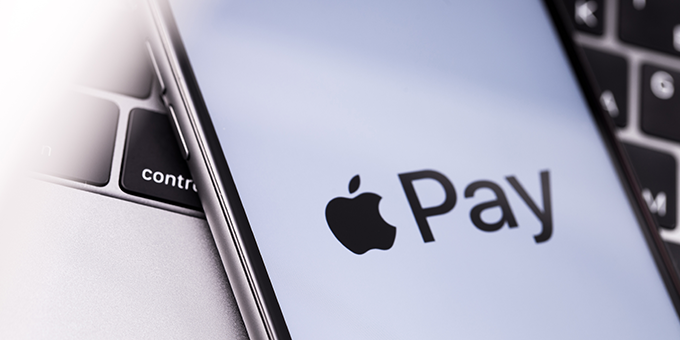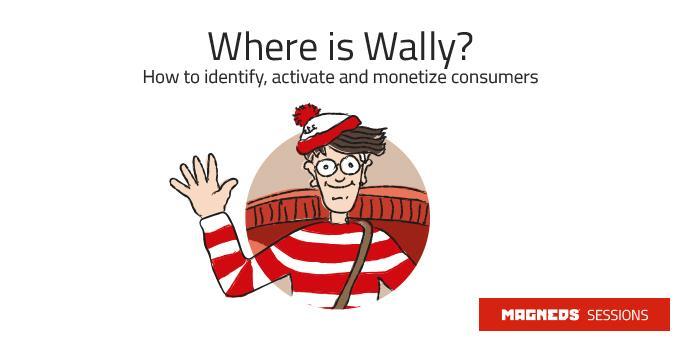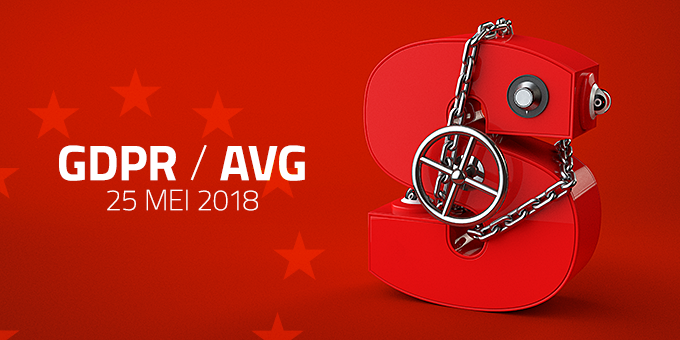Smart apps in countries such as Great-Britain and the US, have shown that the digitalisation of coupons offers great opportunities for super markets to create buyer loops. With individualised offerings, a stronger dialogue and more control on purchases and sales.
The debate on tangible paper coupons has been going on for some time now, and was recently fuelled when Amsterdam introduced the ja/ja-sticker (only people with this sticker receive brochures). So it comes as no surprise that there is a shift from paper coupons towards online alternatives. Consider Spotta for example, a website that gathers coupons and deals from popular stores and brands, or certain features brands use in their apps. However, due to the growing competition for a consumer’s attention, retailers and brands aim for an active and more personal approach. Digital couponing is perfect for that. A practice that is particularly suitable for high frequency players such as super markets, as can be seen from successful examples from countries such as Great-Britain and the US.
There are three reasons for this:
- high visitor rate.
- high level of advertising pressure.
- Distributors/retailers don’t just engage with customers in-store, but during the whole customer journey. That is: before, during and after a shopping trip.
Why does it work?
As many as seven out of ten consumers that are loyal to a brand will switch to a different brand when they get offered a discount in-store via their smartphone, as shown by research conducted by the marketing company Valassis. Eighty percent of the respondents stated that a coupon would make them want to try a product they normally wouldn’t buy. Location based deals offer additional opportunities. Despite the emergence of predatory pricing, coupons thus still have a major influence on consumer behaviour, the research concludes. Even if this doesn’t result in a lower price.
A remarkable psychological force lies behind this, which leads to distorted reasoning. Shoppers who frequently use coupons, prefer them to such an extent that they would even pay more than necessary when they have a coupon for it. Another American research has shown that consumers preferred to buy a six-pack of yogurt at a discount for 4,29 dollars, than to purchase it at the regular price for 3,99 dollars at any given point. Why? By choosing a product that requires savings, consumers feel they have control over the discount. This in turn nurtures the feeling of being a smart shopper, according to the researchers. Some other findings:
- 86 percent of consumers surveyed said coupons have influenced them to try a new product.
- 84 percent say coupons influence their shopping choices.
- 67 percent decide which store to shop based on where they can use paperless discounts, such as those downloaded to their loyalty cards.
How does it work?
Early this year, Tesco launched a mobile couponing app called GreenJinn, which is also available in Waitrose and Sainsbury’s. Consumers install the app, indicate preferences, select coupons, shop in-store, and submit a picture of their receipt to earn cash back. Meanwhile, the system recognizes what users like and purchase. Based on that, it comes up with offers as relevant as possible, so that users can save money without having to browse through offers that have nothing to do with them.
GreenJinn is certainly not the only one focussed on this field. SnipSnap and Grocery iQ are also worthwhile checking out. The first makes it possible to search for discount coupons of different retailers and download these directly to the app. At the cash register, the cashier scans your phone for each discount or enters the coupon code.
Grocery iQ in turn is a combination of a grocery list app and a coupon match app. Consumers can create and save lists for items they frequently buy. Based on that, the app searches for available coupons. What is also nice, is that your list can be merged together with the lists of your roommates and that items can be entered using speech.
What is the role of data?
Apps are becoming increasingly intelligent and user-friendly. By making use of purchase history, it becomes possible to personalise offers and to dialogue with customers more effectively. It also provides the opportunity to target specific groups, both in-store as through social platforms such as Groupon. In doing so, the app not only becomes a one-to-one marketing tool, it also provides data which can be used to gain insight into shopping patterns and trends.
What is also interesting is the possibility to increase the impact of coupons by involving social media, like Marks & Spencer did in China. In order to promote a new physical store, the British retailer joined forces with a location-based service company and social platform Weibo. Shoppers who were near the new location received specific promotional messages in order to entice them to enter the store. Simultaneously, they encouraged the consumers to share these messages on Weibo. Shoppers who posted photos on this platform from inside the store, received special gifts.
Win-win situations
The digitalisation of discount coupons connects existing touchpoints with the consumer and additionally creates new ones. It forms a bridge between offline and online, which makes it possible to identify consumers and their behaviour. A way to enrich and deepen the dialogue, for digital coupons are the perfect way to respond to consumers’ needs, which makes it easy to create win-win situations. This will make it more fun for everyone!






